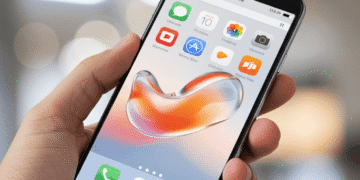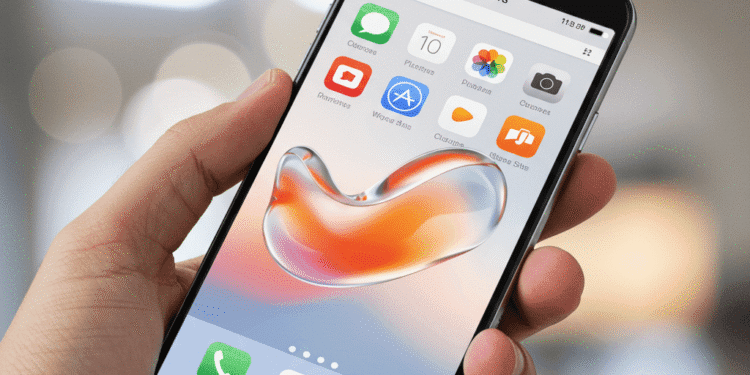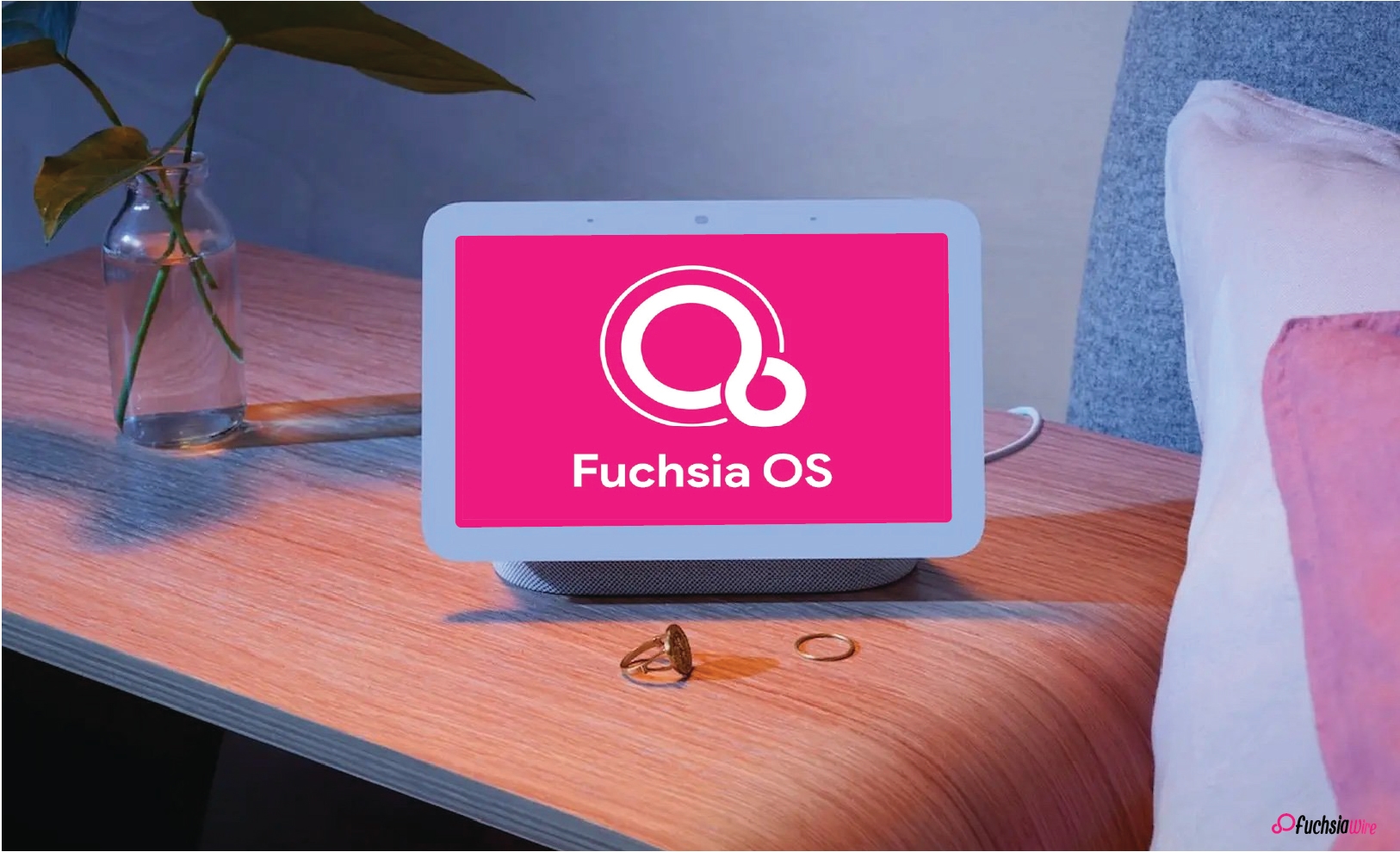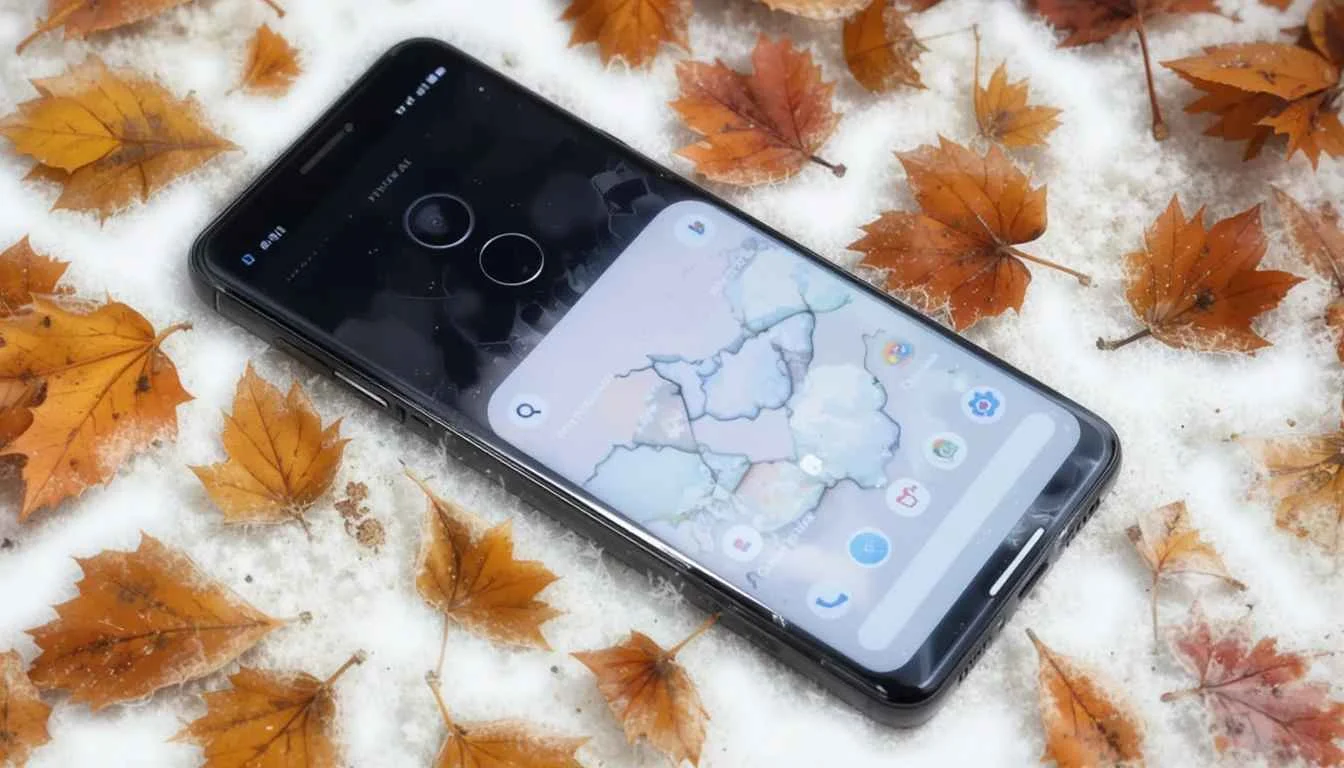Google has just launched a slick new user interface effect, christened Liquid Glass, in its iPhone Chrome app. It is no simple cosmetic adjustment; this is a significant change in the design philosophy of Google in iOS. This is a move towards the omnipresent Material You aesthetic to adopt the translucent design language of Apple.
Chrome is the first of the huge lineup of Google apps that are available on the iPhone to implement this design style. The platform comes up with a promise of a more unified and vivid browsing experience for users of the iOS platform.
The Revealing of Liquid Glass
Liquid Glass is an advanced visual effect. It gives the elements of the browser visual effect a hazy, transparent appearance. In contrast to the solid and often flat design principles of many of the previous applications at Google. The new effect allows underlying content to faintly reveal itself through the elements of the UI, e.g., the tab bar, navigation controls, or overlay menus, with a gentle frosted look.
The effect is an active, stratified appearance akin to a style of design. This provides a layer of color and sophistication in the digital world. Such a decision makes the perception of responsiveness better and the incorporation of Chrome into the iOS ecosystem more believable.
A more Native iOS Beauty
Traditionally, the apps of Google on iOS have tended to have a uniquely different look, with Google having cross-platform design rules of its own. This style occasionally created a small visual discrepancy in comparison to the native iOS applications.
The unveiling of the Chrome Liquid Glass is an attempt by Google to bring some more up-to-date with the proven design principles of Apple.
This tactical shift also highlights a realization that user experience on each platform can be tailored to meet platform-based expectations to a great extent. It aims to improve user satisfaction and integration of the app. It is a promise of reaching users where they are and how they look on the device of their choice.
Improving the User Experience
The effect of the Liquid Glass is most noticeable in the top bar of Chrome that contains the URL address and navigation buttons, along with other menu overlays that can appear over the screen. This design addition has a serious effect on the perceived fluidity and sophistication of the browsing experience.
The top translucent bar softly fades away as users scroll through the webpages. This gives the impression of smooth movement and depth beneath. This level of detailing adds to a high-end feel that can bring significant change on day to day use.
Conclusion
The implementation of the Liquid Glass in the iPhone Chrome is not just a change of design, but a declaration. It is an indication of a fresh promise of Google to make experiences. They are much more native and iOS-optimized, instead of merely transferring existing designs.
This strategic alignment with the visual language of Apple may open up opportunities for other iPhone-based Google apps. This is where the robust Google services will be easily integrated with the welcoming and appealing interface.
It is always interesting to watch as this trend plays out. Google becomes more perfected in its position within the Apple ecosystem.
Frequently Asked Questions
What is the Liquid Glass effect?
Liquid Glass is a new UI design that gives a blurred, translucent, fluid appearance to certain elements of the Chrome app on iPhone. It includes the tab bar and menus, which look frosted glass.
Why does Chrome get the first Google application?
The decision taken by Chrome is a strong signal of Google’s new approach to ensuring that its applications appear more in line with the native iOS design, which other Google apps might emulate.
Does it alter the functionality of Chrome with the Liquid Glass?
No, the effect of the Liquid Glass is nothing but a visual and aesthetic renewal. It leaves the functionality and performance of the Chrome browser untouched.
Will this design be available to Chrome on Android?
Liquid Glass is a specialty created to be used in conjunction with the iOS visual language. The Android version of Chrome generally adheres to the principles of Material You design of Google, which is why this specific effect is not likely to be replicated.
Compared to the design language of Apple, how is this?
Liquid Glass effect is quite similar to the glassmorphism and glass effects that are common in the native iPhone applications, and makes Chrome appear more part of the iPhone operating system.

























